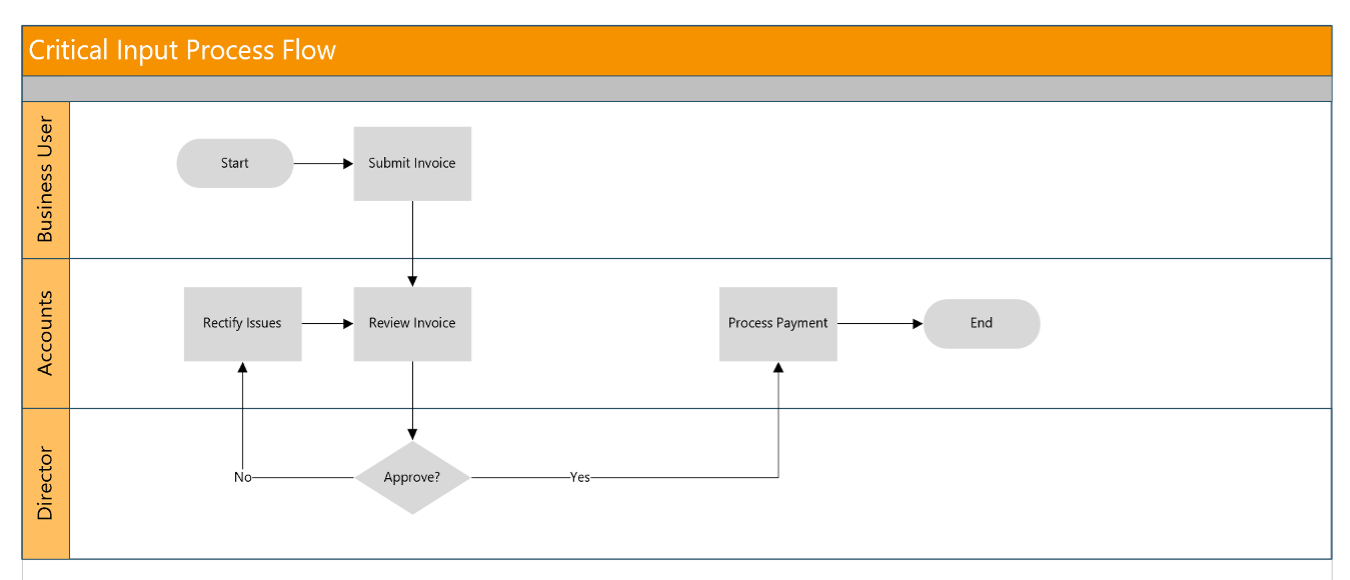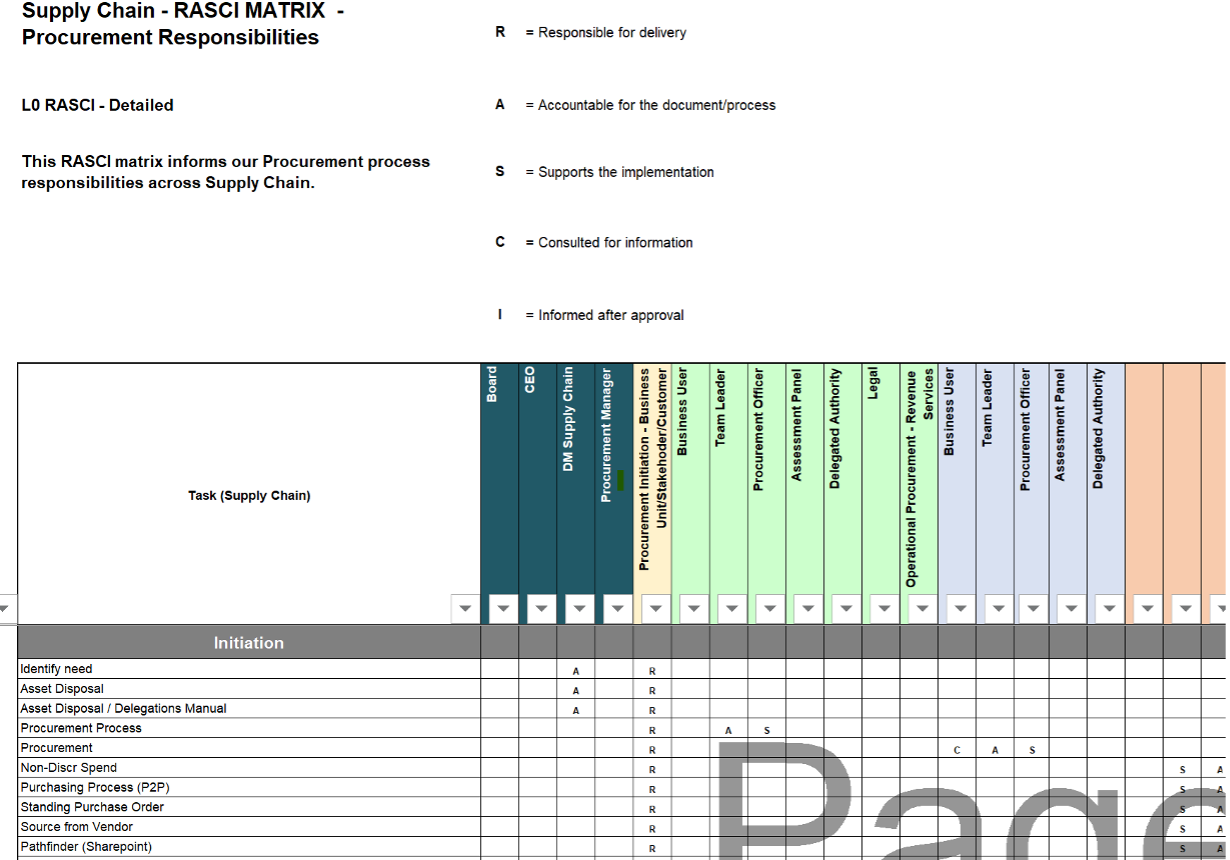Supporting clients by mapping processes

By Critical Input Senior Consultant Steph Cush
Most business functions keep running because the people doing the day-to-day tasks know what the process is. They do it every day – all the information is in their heads and if there are questions, they usually have the answer. This is a great way of operating until someone important leaves the business or needs to take unexpected leave. Critical Input’s mantra is process, process, process. It’s one thing to have a process, another thing to document it. Critical Input sees huge benefit in getting the information out of people’s heads and onto paper, or in our case “process flows”.

‘As-is’ process documentation
We simply like to start by documenting the “as-is” process – this is what the business currently does. This is key to truly understanding what happens – it identifies both the true volume of work being done, the current pain points and who is responsible for each of these tasks. We ask our stakeholders to write down their process exactly as they see it. It doesn’t need to be fancy, it just needs to include all the key steps of the process as well as who does what. We then get to work pulling these processes into process flows – we often use something like visio (see image). This is a simple yet effective tool that helps to create a great visual of what happens in the day to day functioning of the business unit, separating the steps into swim lanes to show who is responsible for what.
Stakeholder involvement
Our stakeholders are key in this step as they can guide us on what happens where – they know the process better than anyone. A lot of stakeholders often haven’t seen their process presented in this way before, and it can highlight just how many steps or touch points their process has. Once the process flows are complete and have been reviewed by our stakeholders, Critical Input will develop a RASCI Matrix (Responsible, Accountable, Support, Consult, Inform). We use the information from the process flows to build out the RASCI.

Using RASCI for clarification
The RASCI is a great tool that we use to help clients illustrate who is, at a minimum, responsible and accountable for each task. A RASCI helps to clarify who should be doing what. Sometimes there are grey areas between who is ultimately responsible for a task and having a RASCI means there is somewhere for the areas to refer back to if they’re ever unsure.

New processes and next steps
A well documented suite of process flows and RASCI that reflect the true state of the business unit process is the result of our process mapping. Next steps – we work with our stakeholders to identify where we can improve on current processes. We’ll offer suggestions based on what we have seen work in the past. We’ll then come up with a set of process flows and RASCI that reflect the “new” way of operating.
Conclusion
Process mapping is an essential component of our service offerings at Critical Input. By documenting the current state of the business unit process, we can better understand what happens, identify pain points, and who is responsible for each task. Through the use of process flows and RASCI, we can clarify roles and responsibilities, providing a clear path for improved operations.





